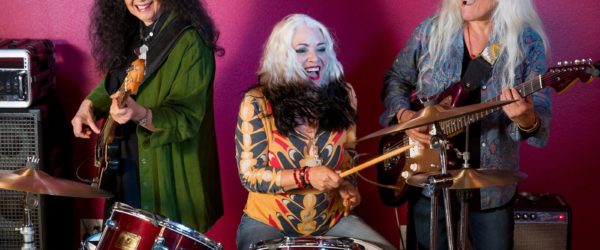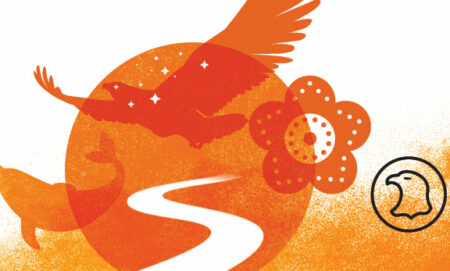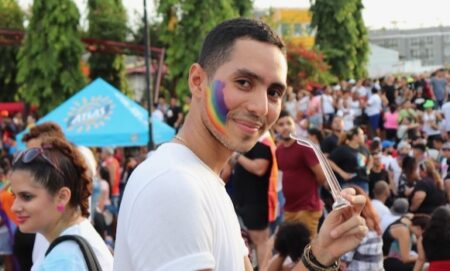Bonnie Raitt called them the first all-girl rock and roll band that could really play. The New York Times called them the musical sisters of Crosby, Stills, Nash and Young. But despite five acclaimed albums, a loyal fan base and tours with bands including Chicago and Jethro Tull, Fanny’s impact on music was written out of history – until now.
Fifty years after blazing their first trail in the music business, Fanny is back with a new record deal and documentary to match. Fanny: The Right to Rock features archival footage of the band’s rocking past intercut with its next chapter and interviews with music icons including Def Leppard’s Joe Elliott, The Go-Go’s Kathy Valentine, Todd Rundgren and David Bowie guitarist Earl Slick.
The film took the Audience Choice award at this year’s Hot Doc festival and will make its New York premiere at this year’s DOC NYC festival. Band members will be on-hand to perform after the screening.
We caught up with filmmaker Bobbi Jo Hart learn about Fanny’s early struggles against racism, sexism and homophobia in the music industry, their current resurgence, and what their story means for aspiring women musicians.
This Premiere at DOC NYC is part of the Voices of Canada series sponsored by the Consulate General of Canada in New York.
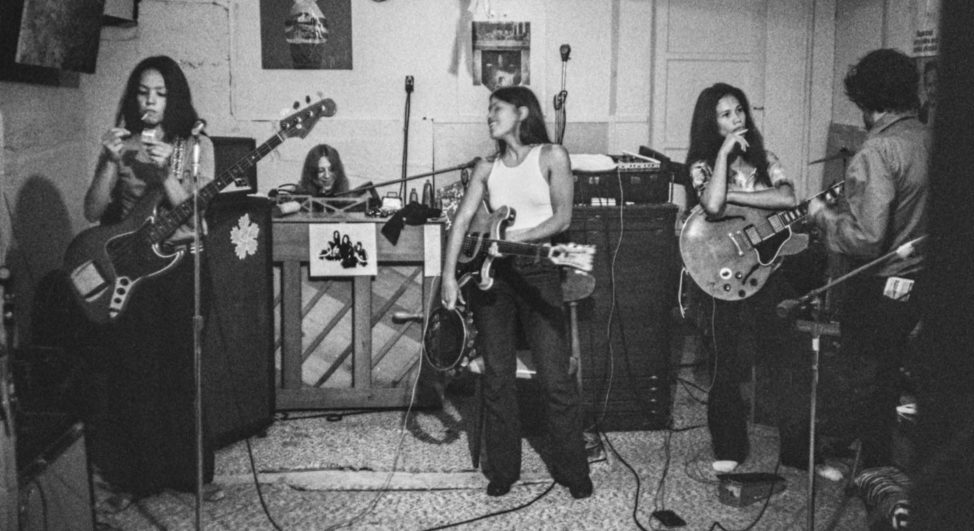
How does someone with a degree in international studies become a documentary filmmaker? What are the commonalities between the two disciplines?
Both deal with celebrating our shared humanity through stories. And I gravitate toward stories about marginalized communities. I’ve always been capturing memories through photos. Originally I thought I was going to work for the Peace Corps or the United Nations. But in 1996 I met a documentary filmmaker who was working on a project about human rights and I was hooked.
You’ve described your approach to filmmaking as “shutting up and capturing life as it unfolds before you”. How did this approach play out in the making of Fanny? What insights or surprises did it yield?
Lead singer June Millington called me up out of the blue and told me they’d landed a new record deal and would be recording in three weeks. It was the first time they’d be playing together in years. I jumped into the car with my gear and drove to Massachusetts. We basically camped out in an AirBnB across the street from where they were recording and filmed all day every day for six days.
Anyone who works in documentary films knows things don't work out the way you expect. Jean Millington had a major health issue during the filming and the band had to wait a year for her to recover. ~ Bobbi Jo Hart
Initially I thought they were going to record an album and the film would end with the band taking the stage again. But anyone who works in documentary films knows things don’t work out the way you expect. Jean Millington had a major health issue during the filming which prevented them from touring – and this was even before COVID-19 hit. The band had to wait a year for her to recover and it changed some of the storylines in the film.
What was their impact on other musicians at the time?
It was amazing to see so many other musicians enamored of Fanny. Joe Eliot of Def Leppard discovered them when he was 12 years old through a vinyl flexi-disc in an issue of Music Express magazine. His reaction to it in the film is so visceral. And he still has the flexi-disc.
Fanny blazed a trail in many respects. But others, like homosexuality, were still considered taboo. How did the band navigate that environment? How did it affect band members individually?
The layers of strength these women have built over the years – it’s inspiring and heartbreaking. Take Alice de Buhr – she’s such a strong person but her stories about coming out as a lesbian and being put in a psychiatric ward in the 1980s were haunting.
The layers of strength these women have built over the years – it's inspiring and heartbreaking. ~ Bobbi Jo Hart
There were also the complexities of growing up in California. Parents didn’t want their sons to date the women in Fanny because they weren’t white. But the white music press didn’t even mention race. Most American media were more interested in the novelty of an “all-female” band. The most common question they’d get was “how does it feel to be a girl playing a musical instrument?”
Some critics did give them good reviews. Steve Lichtenberg of the New York Times called them the musical sisters of Crosby, Stills, Nash and Young. Still, no one bothered to learn that they were self-taught, or that they learned to play on ukuleles.
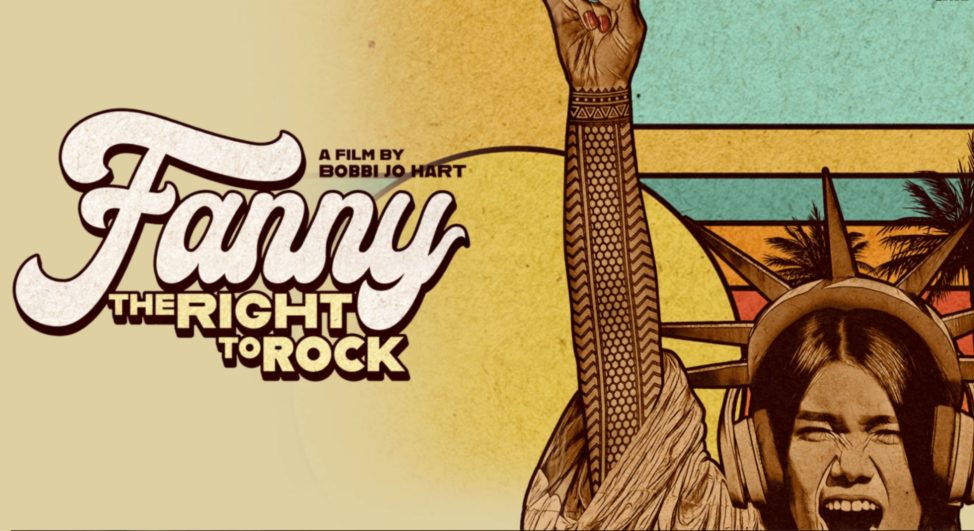
Fanny is more than the story about talented musicians. How does it fit into our broader cultural and political conversations?
One thing I really love about this film is that it celebrates so many layers of their identities: they’re Filipino musicians, they’re queer musicians, they’re self-taught and self-formed. They were ahead of their time. Compare them to The Runaways (an all-female band that came after Fanny): they were formed by a male producer.
It's also important to me as a documentary filmmaker to right the wrongs of history. That's how things change for the better in America. Rights aren't given, they're fought for. ~ Bobbi Jo Hart
It’s also important to me as a documentary filmmaker to right the wrongs of history. That’s how things change for the better in America. Rights aren’t given, they’re fought for. That’s why we use the Statute of Liberty in the poster for the film. It represents everyone of every color and persuasion and identity. Adding the subtitle, The Right To Rock, is indicative of this. Just as women fought for the right to vote, Fanny fought for the right for women to rock. Rock and roll is a metaphor for finding your voice and using it as loudly as you can so people hear you.
To me, Fanny is a celebration of women using their voices, overcoming incredible obstacles and rocking out, even in their 70s. It’s a celebration of identity and everything I’ve ever done.
Female musicians have made great strides since Fanny first came on the scene. But many continue to face the same obstacles that Fanny did. What does that say to you about the place of women artists and the challenges they continue to face?
It’s a dance that girls and women still need to do. Only eight percent of the inductees into the Rock and Roll hall of fame are women. Change isn’t linear – it comes in waves. Women now buy half the electric guitars sold in America. And Fender has shifted its marketing campaigns to increase their appeal to women.
Change comes in waves. We need to keep moving forward so the momentum doesn't stop. ~ Bobbi Jo Hart
Change also needs a catalyst. We need to keep moving forward so the momentum doesn’t stop. I want all girls to have role models. It’s important that they see powerful women doing powerful things. My daughter is 16 and a musician and now she’s discovering Fanny.
The role the film in this is to shine a light on these amazing women seeing themselves on screen with grey hair and rocking out.
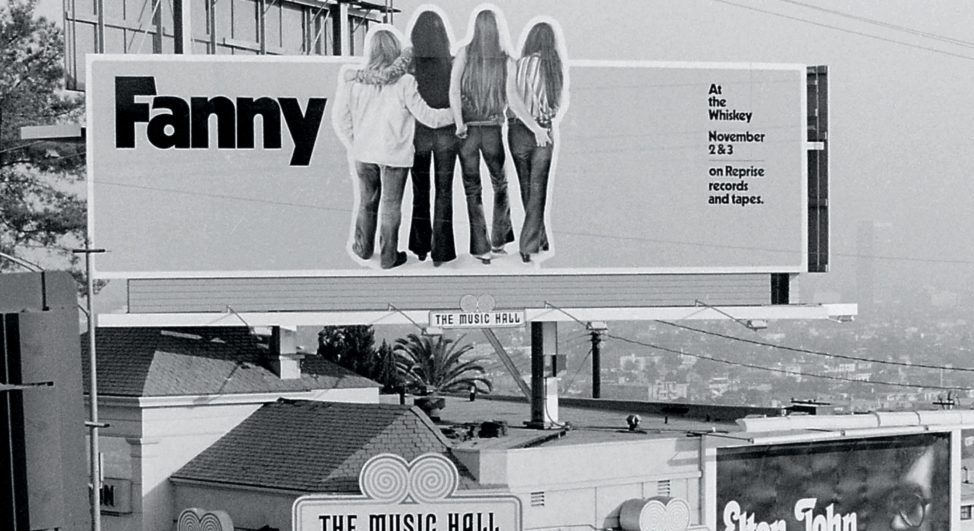
How do the members of Fanny view their career now?
They’re super-excited to be making music and records again. It still gives me goosebumps to see people discovering them now. A big part of what I’ve been doing is building inter-generational relationships by having up-and-coming artists cover Fanny songs. Brie Darling is in her early 70s. (Filipina-American rapper) Ruby Ibarra is in her 20s. They’re going to do a rock and roll mashup. And that’s what I wanted for them – to be able to get back on stage and perform.
It still gives me goosebumps to see people discovering them now. ~ Bobbi Jo Hart
There’s a song on the new album called Lured Away with the lyric I’m not starving/But I’m kinda hungry. It’s about being lured back into what you love. In her case, it’s music. But it’s a powerful song for anyone who may think their time in life is past. It’s for anyone at any age. Being lured back into your passion and believing in yourself to do it. And it rocks.

